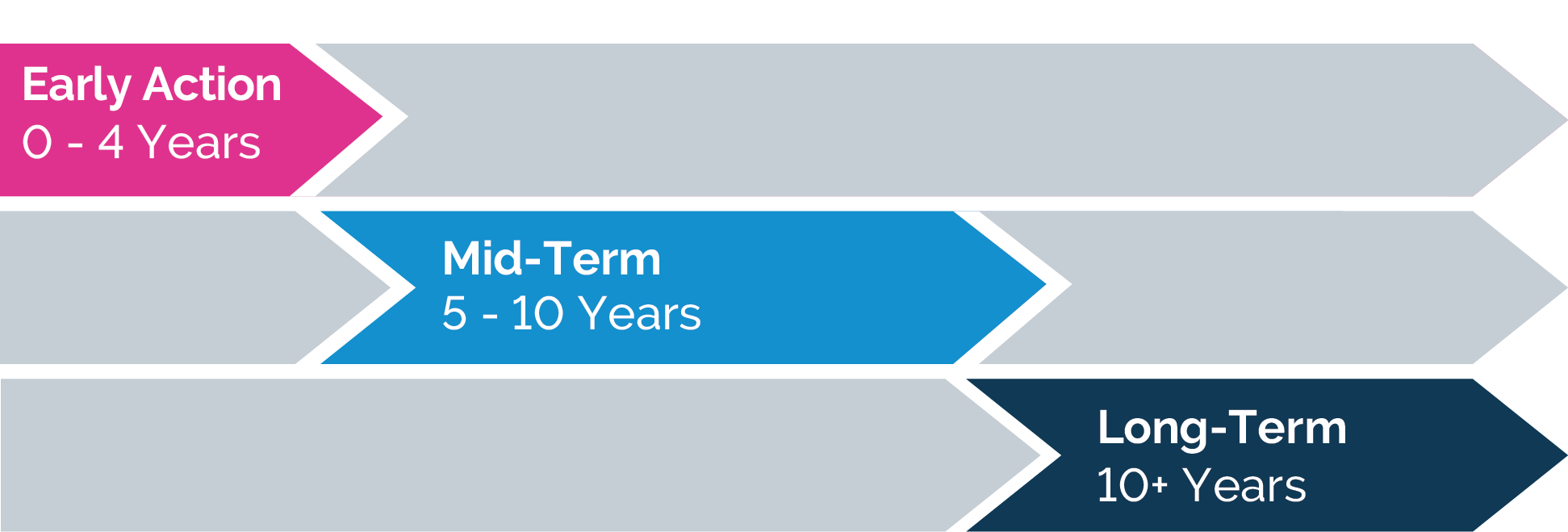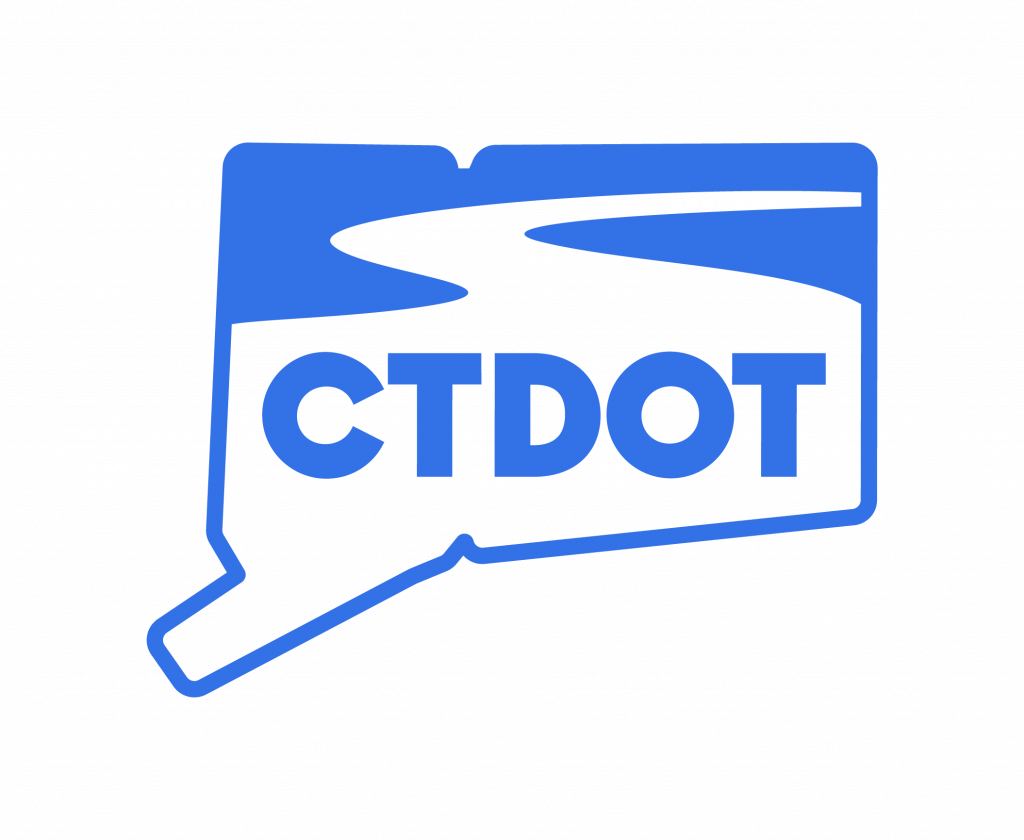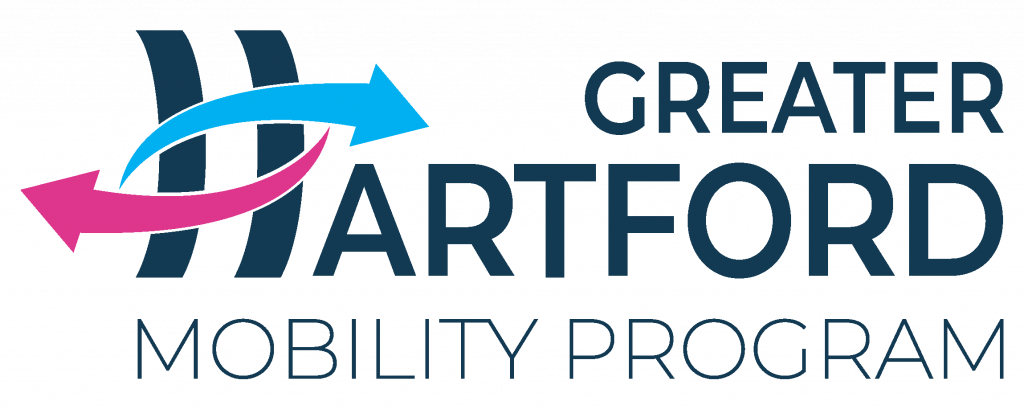Greater Hartford Mobility Study (GHMS) was a Planning and Environmental Linkage (PEL) study by the Connecticut Department of Transportation (CTDOT). It epitomizes a groundbreaking, expansive effort aimed at redefining the entire landscape of Greater Hartford’s transportation infrastructure.
Below is an Executive Summary.
The Connecticut Department of Transportation’s Greater Hartford Mobility Program presents a transformative vision for the Hartford region. The vision is the result of the multi-year Greater Hartford Mobility Study planning effort.
The Vision
The GHMS used a future-focused vision where the Greater Hartford region hosts a comprehensive, multi-modal mobility system. People will find it easier to catch a bus, get to work, visit friends, catch a game, or visit the riverfront. The recommended improvements program would increase access to greenways and trails, expand the high-capacity transit system, provide more night and weekend bus service, and create a more reliable and robust transportation system. These transformative mobility improvements would provide people with more opportunities to get out of single occupancy cars and onto transit, ride their bikes, or walk to where they need to go. Regionally, the multi-modal network will be built on an understanding that maintaining accessibility throughout the region is a superior approach to focusing only on improving vehicular travel time.

In the future:
- The regional transportation system will facilitate the efficient movement of people and goods. It will support the requirements of the region’s varied businesses, institutions, and communities.
- The region’s mobility infrastructure will reconnect communities and be built to redress historic negative impacts of transportation on low income communities, people of color, and people with disabilities.
- The system will provide multi-modal choices for safe and reliable transportation with redundant options for how and when to travel.
- Mobility improvements will strive to avoid or minimize the environmental impacts of transportation investments.
- More residents, visitors, and workers will have sustainable options for mobility. The system will incorporate emerging technologies that support the Region’s mobility, economic, social, and environmental goals.
Greater Hartford Mobility Program
The GHMP is the result of a comprehensive research initiative aimed at analyzing transportation needs and challenges in the Greater Hartford area. Over several years, the Study gathered data, assessed existing transportation issues, and identified

potential areas for improvement. Its primary goals were to evaluate current mobility patterns, infrastructure, and how well the transportation system met community needs. The report was published in December 2023.
The GHMP consists of actionable initiatives and projects that have emerged from the findings of GHMS. The GHMP is a long-term series of initiatives that will enhance the transportation of people and goods throughout the Greater Hartford Region. It is divided into three phases based on the timing and complexity of the actions:
Early Action Projects: These are short-term solutions that can be implemented with minimal delay. They often involve low-cost adjustments, such as optimizing traffic signal timings and improving signage and existing infrastructure, to provide immediate benefits.
Mid-Term Projects: These involve more significant changes requiring moderate time and resources. Examples include upgrading public transportation services, enhancing bike lanes, or making infrastructure improvements to address medium-term needs.
Long-Term Projects: These are long-term initiatives requiring extensive planning, funding, and coordination. They involve major infrastructure developments, such as expanded transit services and new bridges.
Many projects across all time frames are beginning to move forward towards implementation. This includes pursuit of grant funding, initiation of preliminary engineering and environmental review, project specific public outreach, coordination with regional partners, and design work.





